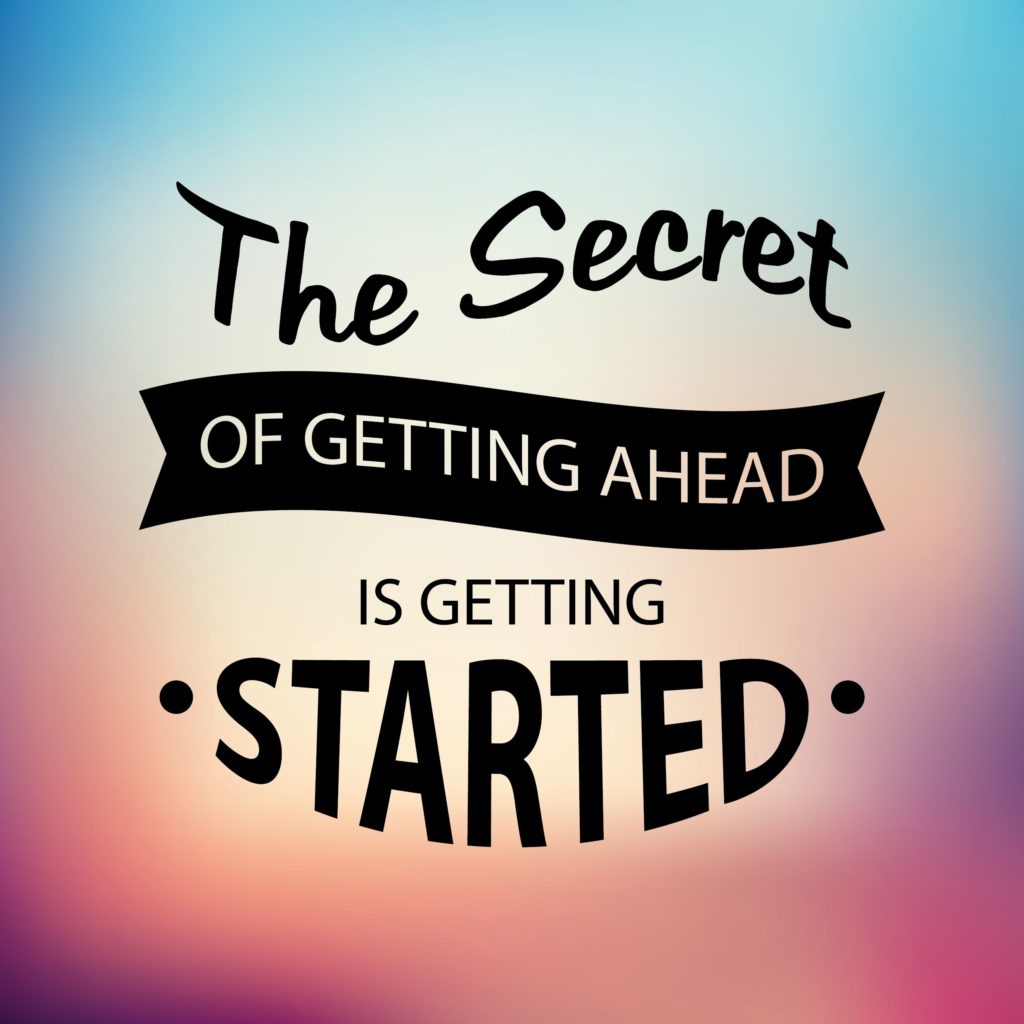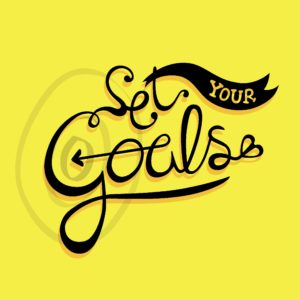
So you want to quit your job and pursue the Internet Lifestyle?
If you have decided that striking out on your own on the Internet is the way to go for you like I have, you will have some crucial decisions to make.
In my case I was (am) making really good money at my day job. This is great thing of course but it also can work against you.
It is much harder to quit your job and take a risk on your Internet business when you have all that steady and ‘safe’ money to lose.
That is why I am building my side business before quitting my day job (as of this writing Im still 3 months away from my quit date).
Basically you need to have the day job that pays the bills and work on your side business at the same time for awhile.
So this post is for all you out there who want to to make money online full time but arent ready to give up your steady paycheck yet.
I am going to show you how I am able to juggle both effectively.
In fact with these methods I have recently been given a promotion at work while at the same time growing my side Internet business to the best profits its had so far.
Before we get into those tactics lets look at the first two major options for starting your online business.
If you are going to quit your job and move into your own thing they are basically 2 main ways to go about it.
Method 1: The Burn the Ships Method
 The Burn the Ships Method is the ALL IN route. You have decided what your Internet lifestyle business is going to be and you quit your day job to pursue it full time right away.
The Burn the Ships Method is the ALL IN route. You have decided what your Internet lifestyle business is going to be and you quit your day job to pursue it full time right away.
With this method there is no turning back, its live or die. Many people who have been successful at this swear by it because it really forces you to go all out in your business and do everything possible to succeed.
If you do not have a family to support or high living expenses this might be the best route to go.
Another reason you might want to do this method is if you REALLY despise your job and just cant wait to get out of there.
Even if you don’t have high living expenses, no family to support and cant wait to leave your job, Id still recommend at least having a few months of living needs saved up. I am a little more cautious financially.
Method 2: The Safety Net Method
 The Safety Net Method is less dramatic way of converting to this lifestyle. With this method you continue to work your day job while you build your Internet business and save money.
The Safety Net Method is less dramatic way of converting to this lifestyle. With this method you continue to work your day job while you build your Internet business and save money.
The benefits are obvious in that you can make income from two sources and build your business while still enjoying your usual lifestyle.
Now the drawbacks are you will have less time and more pressure to work on your side gig, so this means quitting your day job and reaching your ultimate goal lifestyle is likely going to be a longer process.
If you have a family to support or high living expense the Safety Net Method is probably the best choice for you. Also if you do not completely 100% hate your job/boss then this is choice works because you can stand to wait a little longer.
For me I am more conservative financially, have a family to support and for the most part actually like my boss and job so the Safety Net Method is for me.
In this post I am going to describe exactly how I am using the Safety Net Method. These tactics allow you to ease out of your job and have the income to support your lifestyle and living expenses waiting for you in your new ventures.
What Kind of Internet Business Will You Have?
The first thing you have to decide is what type of business you are going to have. You need a business that is going to replace the income you make in your day job.
You will need it to generate this much income (or at least close) while you are working your full time day job. So how can you make money on your side gig while simultaneously being at your day job?
You need to either create and start a business and pay people you trust to run the day to day operations of the business or you need a business that’s income does not depend on your physical presence.
A Good Side Business:
A really good side business for slowly transitioning out of your day job is an online business. How do I know that? Well I have one myself and hits so many items on the checklist.
Now of course its going to depend on what type of Internet business you have but most online projects are going to be more ideal for this than traditional location based business.
Lets looks at some of the advantages I have with my online business:
Ton of flexibility.
For the most part my work can be done anywhere/anytime there is an Internet connection.
Not to big of a burden.
If you want to build your side business to replace your day job you will need to work both at the same time for awhile. It would be tough to keep your day job income if your entire day was consumed with work on the side gig.
So you need something you can build slowly that won’t get you fired!
Has potential to make enough money:
 Since this online business will be replacing your day jobs income eventually (and hopefully surpassing it), it has to have the potential to earn that much.
Since this online business will be replacing your day jobs income eventually (and hopefully surpassing it), it has to have the potential to earn that much.
My primary online business is Internet marketing and sending solid leads from the Internet to my clients who own local service businesses.
Right now because of my limited time I only have two active clients. But with just two clients I already average a little more then ½ of what I make in my full time day job.
And my full time day job pays me over 6 figures a year.
So this online business is clearly a viable business. When I quit my full time day job that is going to free up about 55 hours a week for me (9 hour work days, plus 2 hours round trip commuting).
To put that in perspective I only spend about 4-5 hours a week total on my side company right now.
Those hours involve almost zero time in trying to get new clients. (because I don’t feel I have the time to provide them a good service right now)
So if I had an extra 55 hours a week to work on my own business do you think I could get just 2 more clients and double my income?
Sales is not my strong point but Im pretty confident that it would not be to hard to get 2 more clients pretty quickly. In fact my goal as soon as (or right before) I quit my job is to have 5 clients total to more than match my day job income.
That is exactly what you need to do.
Figure out how much you need to make monthly to get the life you want or to match your current day jobs income.
How do you do that? Create your business and get your first client! You will need to simultaneously run your side business and day job for awhile.
After you have established you have a real business (no company is valid without at least one paying customer) then just do the math.
How much do you make per month on that one client? You should be able to do some quick calculations and figure out how many more clients you need to match your day job income.
The first rule is to keep that first client happy! You should bring a ton of value to them and make sure they are a recurring customer and not just a one off.
With just one customer it should not be too difficult to balance their needs with your day job responsibilities.
Then get another client and another, until you match or are close to matching what you make at work.
I will go into much more detail about exactly what type of side Internet business I have and steps on getting clients in a future post.
Getting Super Efficient in Your Day Job
So even just starting out with one client how do you manage to do your full time day job and still successfully run a side business?
You need to find time! I have a pretty busy job but work in an office in front of a computer so I have easy access to do tasks for my online business as well.
Now no matter how busy we are in our day job if we are being honest we still find time to get on Facebook or Youtube throughout the day.
The key to getting things done in your side business during the day is not to randomly jump on and work on it whenever you have 5-10 minutes to spare during your day job.
You wont get anything effective done in that short amount of time.
Instead dedicate a full 20-30 minutes uninterrupted to ONE important task in your business. During that 20-30 minutes, no phone calls, instant messaging or Facebook just focus on completing that task.
I try to do this 2-3 times a day. Instead of like my co-workers who are jumping on and off Facebook, CNN and all the other time wasting sites, I use these dead moments for my side business.
But I dedicate 20 straight minutes to it so I have time to get something effective done instead of just busy work.
So how do I manage to get 40-60 minutes free time for my side gig while at a busy job?
Time Management in Your Day Job
 You have to be relentless in your pursuit of efficiency and time management. No one notices I’m working on my side business every day because I get stuff done at my job!
You have to be relentless in your pursuit of efficiency and time management. No one notices I’m working on my side business every day because I get stuff done at my job!
In fact I a probably get more done now and I’m a bigger value to my employer then I was before I started a side gig!
How can that be? Well I don’t fill my day up with ‘busy tasks’ any more.
I focus on getting the impactful things done first every day.
People usually avoid these types of tasks because they are normally also the most difficult thing to do as well.
So they spend all their time (I used to do it to) on unimportant ‘busy tasks’ that are easy but have no real impact on the bottom line important stuff management is interested in seeing get completed.
Controlling Your Own Time
As much as possible you have to get as much control over your own time as you can. One of the best strategies for me in gaining back more of my time when I started focusing on controlling meetings.
Meetings in the modern day work office are for the most part a complete waste of time!
Here is a humorous video from a Ted Talk on this https://www.youtube.com/watch?v=F6Qo8IDsVNg
That video pretty much depicts my current job and the last 2 jobs I had before that perfectly on what a waste of time meetings can be.
People love to schedule meetings at my job!
I used to come into work some days and see 3-4 one hour meetings scheduled in a day. That is ½ of the 8 work day. How are you supposed to get any actual work done?
I will post in the future a full strategy on how to reduce the burden of meetings and the time suck they are. But for now here a few tips you can use.
- When someone sends you a meeting so you can answer a specific question, tell them you may be able to help them out right now and ask for a quick chat or email directly.
- Dont automatically accept meetings with no agenda. Email the person back and say “I want to be best prepared to help you, please let me know specifically what you need from me in this meeting agenda”. If your lucky they tell you and you give them the answer and boom your out of a meeting.
- People love to send 1 hour meeting requests, its kind of the default time window. Most meetings should NOT take an hour. If they are well run they can be over in a ½ hour or even 15 minutes. But here is the crazy thing! Many times all the agenda has been covered in a meeting but people will try to stretch out the hour by repeating themselves or filling up time with nonsense. So if someone sends you a one hour meeting request and it looks to you like you could help them quickly respond back and ask them to change it to a ½ hour meeting because “while you really want to help them you have a tight schedule that day”.
- If you absolutely cant get out of a meeting here is another trick you can use. Sometimes the meeting organizer has many teams they need to talk to. You get stuck on the line listening to all this stuff that is irrelevant to you. Contact the meeting organizer ahead of time and request to have your topic covered early. Use the excuse that you have another issue you are working on but you really want to attend and assist them.
Dedicating Hours
Maybe you dont have a job like mine where you work in an office on a computer all day and can just switch your time on YouTube watching cat videos to working on your side business.
If you have the type of job that requires your full attention during working hours dont give up on your Internet side business.
You can still be successful but it comes down to one word.
And that one word my friend, is:
SACRIFICE
Dave Ramsey has a great quote:
“If you will live now like no one else will, later you can live like no one else can.”
Now granted I think he means it in a financial planning sense and if you save money and sacrifice some things now you will be able to afford much more later in life.
But I apply this awesome quote in the sense that, you are going to have to give up some of your free time and work much harder for a year or two to build your business then if you just keep continuing to coast on your current routine of a day job.
BUT you will be rewarded greatly a few years from now when you can quit that day job and get your free time back.
All those guys who were not willing to make that 1-2 years sacrifice that you did will be stuck in the same job routine forever.
You can also free up some time by taking advantage of all the software and online tools available to us today. I will write more in depth about this in the future.
One great platform I use to fullfil short term gigs I need done is Alex Beckers Konker.
Evenings and Weekend Work
 People are selling the dream of making money on the Internet everywhere so why arent more people successful at it? Is it a scam? To good to be true?
People are selling the dream of making money on the Internet everywhere so why arent more people successful at it? Is it a scam? To good to be true?
No. The reason is because its not easy! What the gurus are leaving out is that it takes hard work and dedication to make it online today.
And that means when you get home from your long day job you get online and start working on your Internet business.
Not watching 4 hours of TV until bed time. Not playing video games all night. Not Netflix and chill.
When you get home jump online and work! That is what the average person is not willing to do and that is what makes you different.
You are willing to work all day and all week at your soul sucking job and then turn around and use your weekends and evening free time to strive for MORE and to build your future freedom.
Now I’m not saying you shouldn’t have some down time for fun activities just make sure enough of that free time is dedicated toward building your side business.
Because that extra time you put in now is going to give you back complete control over your time. That same precious time that your day job has complete control over now.
So if you are like me and want to use The Safety Net method before quitting that cushy day job, follow these same techniques I have to set yourself all up.
Until next time!
Stefan

 One great way to truly know the lifestyle you want is to imagine your perfect day. If you had a really, really great day what would it look like?
One great way to truly know the lifestyle you want is to imagine your perfect day. If you had a really, really great day what would it look like?  OK now it’s time for you to do the Math on your Perfect Lifestyle. How much is your dream life going to cost you?
OK now it’s time for you to do the Math on your Perfect Lifestyle. How much is your dream life going to cost you?
 I think it was already politically incorrect by the time I graduated High School but if there was a “Most Likely NOT to Succeed” category I for sure would have been on the contenders list.
I think it was already politically incorrect by the time I graduated High School but if there was a “Most Likely NOT to Succeed” category I for sure would have been on the contenders list. My goals for this blog are mainly 2 fold.
My goals for this blog are mainly 2 fold.
 So you’ve found the perfect name and branding for your business, registered the trademark with the USPTO, and now you’re ready to register the domain name.
So you’ve found the perfect name and branding for your business, registered the trademark with the USPTO, and now you’re ready to register the domain name. So recently I have been asking you guys what subjects you want to know more about. Thanks for all the feedback! I want to make sure we are getting you the information you really need to remove some of the confusion surrounding legal and business topics in the Entertainment industry and help you always move forward.
So recently I have been asking you guys what subjects you want to know more about. Thanks for all the feedback! I want to make sure we are getting you the information you really need to remove some of the confusion surrounding legal and business topics in the Entertainment industry and help you always move forward.

 Confused By Music Agreements?
Confused By Music Agreements?
 We talk about it all the time. Nowadays in the Entertainment world, regardless of the field, your brand is your everything. You have to work to build it and you have to protect it.
We talk about it all the time. Nowadays in the Entertainment world, regardless of the field, your brand is your everything. You have to work to build it and you have to protect it.